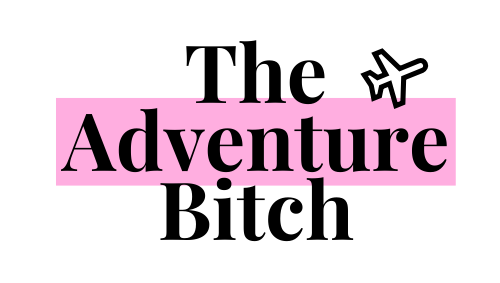In this I am hardly alone. The loss of the Reel Inn is today one chapter in the terrible story of unfathomable damages that will reshape the city over the years to come: of lives, of homes, of businesses, of two entire neighborhoods bookending Los Angeles on east and west. It is also among the most collectively felt. In a town famous for its sprawl and lack of cohesion, a place where so much of life unfolds in private silos—in cars, residences, and disparate enclaves separated by extreme topography—the Reel Inn was the sort of spot common in many cities but scarce in this one. Poll the nearly 10 million people who live in Los Angeles County and, for my money, a majority will be familiar with at least the comfort of its funky exterior. To line up inside to order on any given day was to be immersed in how LA is actually experienced, rather than how it’s packaged for television: a group of cops, a family of tourists, a roadwork crew on break, friends running into each other, someone famous, someone still wearing a wetsuit. In a city where it’s easy to feel adrift, the Reel Inn acted not merely as a restaurant but an anchor.
“It was part of the landscape,” said Teddy Leonard, one of its owners, when we spoke this week, two days after she visited the site for the first time since the fires. She’d hoped to recover something of sentimental value. “Nothing,” she told me, describing a grim swath of ash and debris where the restaurant had stood. “Well, nothing except one charred onion and a single bottle of Pacifico that didn’t explode.” She sent a picture of the ash-covered bottle to the beer company, a fitting gesture for a restaurant that understood the value of grit and a good laugh as much as the correct amount of mayo (lots) to make addictive coleslaw. “We’d sold it for 36 years,” she said. “I thought they’d like to know it survived the fire.”
Her husband, Andy, was with her then. The restaurant had been his before it became theirs, first launched in 1986 as a quixotic, semi-accidental lark that took him from working in New York nightclubs to becoming a Californian. “It’s a long story,” he told me, unraveling a saga that somehow involved questionable men from Staten Island, the stock market crash of 1987, his early flirtations with working in LA’s rock-and-roll industry, “and a lot of it you can’t print.”
The two hope to rebuild, while being realistic about the hurdles they face. The restaurant sits on land operated by the California State Park system, and its lease had expired just before the blaze, placing them at the entrance to a maze of bureaucracy that will no doubt require years to navigate. However, in visiting the site and seeing that the sign still stands, Andy has begun nursing an idea to offer himself—and the whole of Los Angeles—a dose of immediate solace.
“It is my belief that a person with a lift bucket, a checkbook, and some paint could get the neon restored and the pun board back up without much effort,” he told me, describing the possibility of bringing the now charred sign back to life. “It’s occurred to me to do it myself—for the neighborhood, or really just for a kick in the pants.”
I asked him if he had any puns in mind for such a moment.
“Not yet,” he said. “But we’ll come up with something.”




